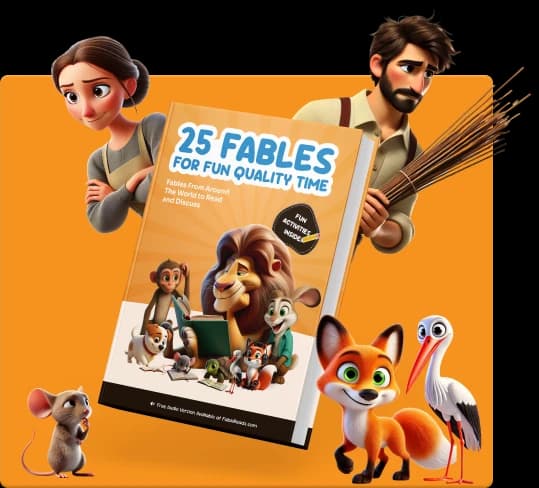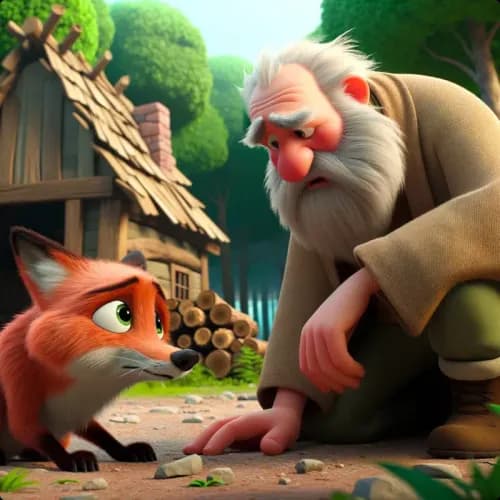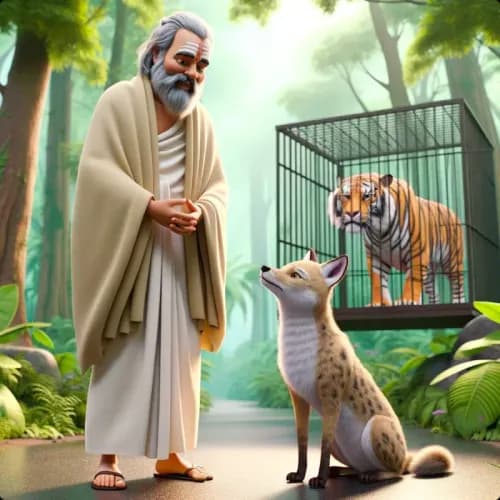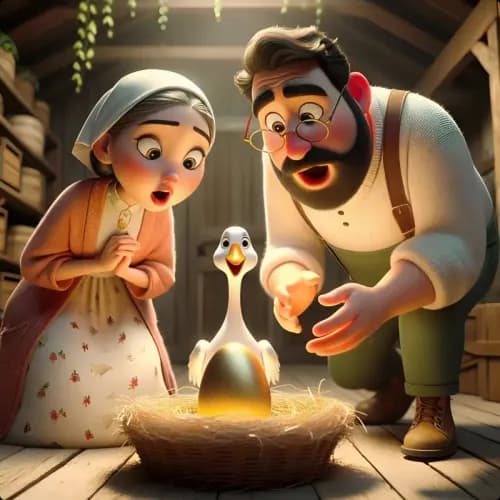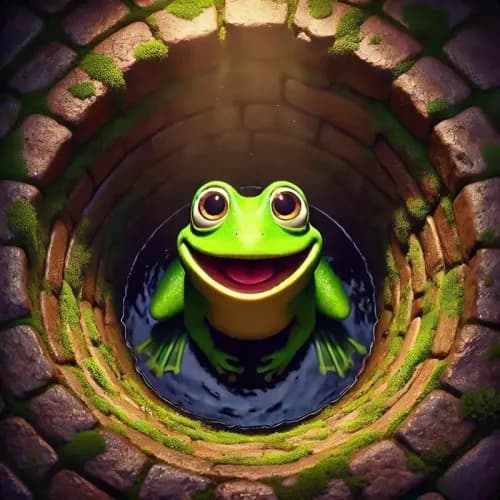Aesop | Greece
El Perro y el Lobo
Un lobo considera la oferta de un perro de una vida cómoda con humanos, pero elige la libertad sobre la esclavitud.

En un día soleado, un lobo hambriento caminaba por el campo buscando comida. Cerca de un pueblo, vio a un perro que se veía muy sano y feliz. El lobo sintió un poco de envidia y le preguntó al perro cómo le hacía para verse tan bien.
El perro respondió: "Vivo con personas que me dan comida y un lugar para dormir. A cambio, yo protejo su casa."
El lobo pensó que eso sonaba como una vida estupenda y dijo: "¿Quizás podría vivir contigo y tener una vida fácil también?"
El perro respondió: "Claro, ven conmigo, te presentaré a mi dueño."
Mientras caminaban juntos, el lobo notó una marca alrededor del cuello del perro. Le preguntó: "¿Qué es eso que tienes en el cuello?"
El perro explicó: "Es de mi collar. Mi dueño me ata durante el día y me suelta por la noche para que cuide la casa."
El lobo se detuvo y pensó por un momento. "Entonces, ¿no puedes ir a donde quieras?"
El perro asintió: "Sí, pero tengo comida y un lugar cálido para dormir."
Después de pensar lo que dijo el perro, el lobo tomó una decisión. "Gracias por la oferta, pero no quiero vivir así. Prefiero ser libre y buscar mi propia comida, que estar bien alimentado pero sin libertad."
Con esas palabras, el lobo se dio la vuelta y corrió hacia el bosque.
Compra un Libro y Ayuda a Llevar Fábulas al Mundo
Disfruta de 25 fábulas seleccionadas de por vida, impresas. Cada compra apoya historias gratuitas para niños, padres y maestros en todo el mundo en fablereads.com
